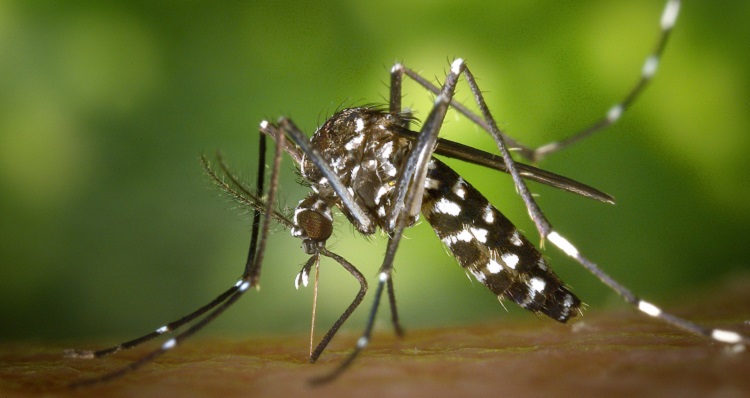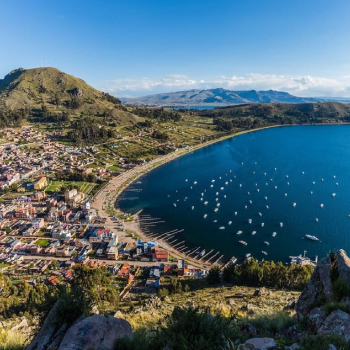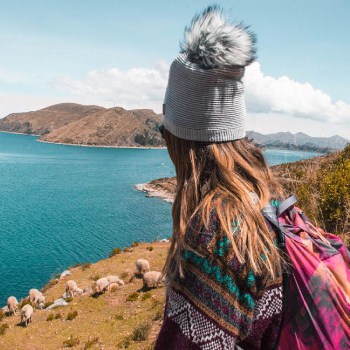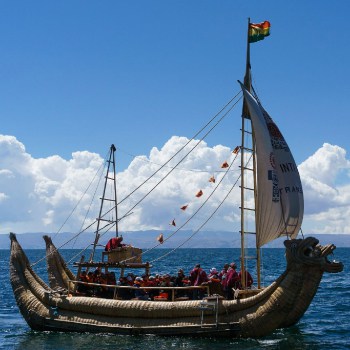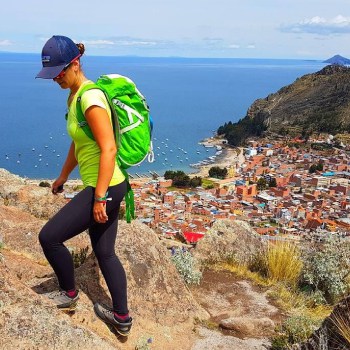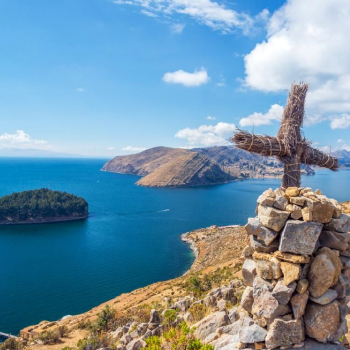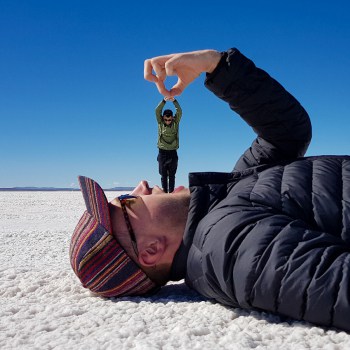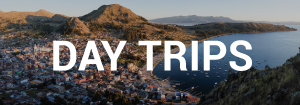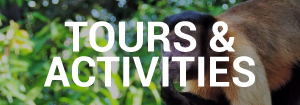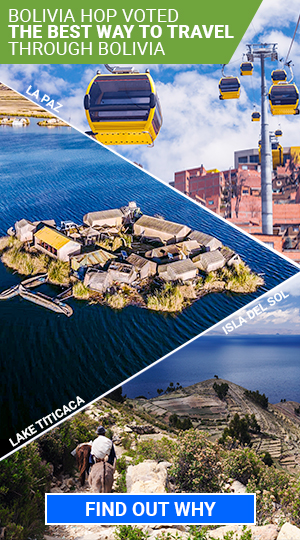While most tourists visiting Bolivia will remain healthy during their stay, insect-borne diseases, particularly those transmitted via mosquitoes, can be of concern when traveling in the country.
The ubiquitous mosquito is most commonly found in low-lying tropical regions of Bolivia such as Eastern Bolivia and the Bolivian Amazon. Travelers are most likely to be bitten at altitudes below 2,500m, particularly during the rainy season lasting from November to April. Fortunately, the popular tourist trail through western Bolivia is mostly insect-free thanks to its high elevation and resulting cool climate.
Insect-borne diseases are a major concern in tropical areas of Bolivia. If you plan on visiting high-risk zones such as the departments of Santa Cruz, Beni, Pando and Tarija, make sure to bring plenty of insect repellent to protect yourself.
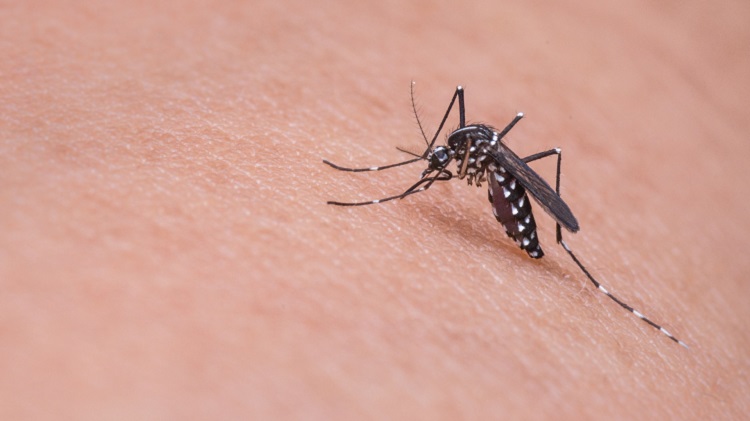 When travelling to South America, there are many areas where you will be at risk of insect-borne diseases, such as malaria, dengue fever, yellow fever and the now problematic Zika Virus.
Are these a concern in Bolivia?
When travelling to South America, there are many areas where you will be at risk of insect-borne diseases, such as malaria, dengue fever, yellow fever and the now problematic Zika Virus.
Are these a concern in Bolivia?
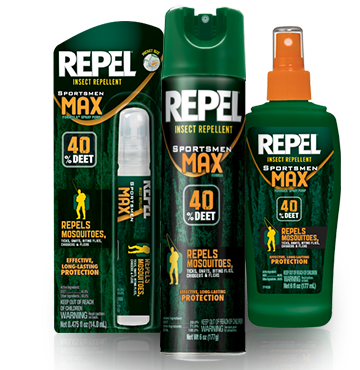 One of the best ways to fend off mosquitoes is to apply sprays, wipes or lotions containing DEET to exposed skin and/or clothing. An abbreviation of N,N-Diethyl-3-methylbenzamide, DEET is an organic carbon compound which repels mosquitoes by masking the insect-attracting odors of carbon dioxide and lactic acid given off by the human body. While the compound doesn’t kill mosquitoes, it is effective at keeping them away.
The higher the percentage of DEET, the longer the effects last. DEET with 100% concentration tends to be effective for up to 10-12 hours whereas 25-50% DEET lasts between 3-6 hours. You can use repellents with a lower concentration, however these will need to be reapplied more frequently.
The following are some of the best insect repellents containing DEET on the market today:
One of the best ways to fend off mosquitoes is to apply sprays, wipes or lotions containing DEET to exposed skin and/or clothing. An abbreviation of N,N-Diethyl-3-methylbenzamide, DEET is an organic carbon compound which repels mosquitoes by masking the insect-attracting odors of carbon dioxide and lactic acid given off by the human body. While the compound doesn’t kill mosquitoes, it is effective at keeping them away.
The higher the percentage of DEET, the longer the effects last. DEET with 100% concentration tends to be effective for up to 10-12 hours whereas 25-50% DEET lasts between 3-6 hours. You can use repellents with a lower concentration, however these will need to be reapplied more frequently.
The following are some of the best insect repellents containing DEET on the market today:
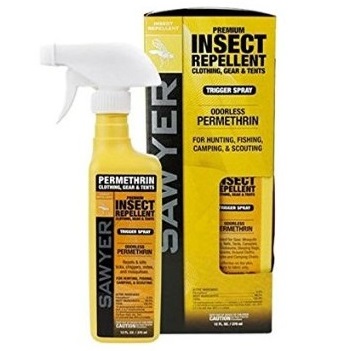 An alternative to DEET, Picaridin is a synthetic compound derived from pepper which is effective at fending off insects. As opposed to DEET, Picaridin is nearly odorless, is non-greasy, doesn’t cause skin irritation and does not dissolve plastics or other synthetics. Here are some oft top-rated repellents on the market containing Picaridin:
An alternative to DEET, Picaridin is a synthetic compound derived from pepper which is effective at fending off insects. As opposed to DEET, Picaridin is nearly odorless, is non-greasy, doesn’t cause skin irritation and does not dissolve plastics or other synthetics. Here are some oft top-rated repellents on the market containing Picaridin:
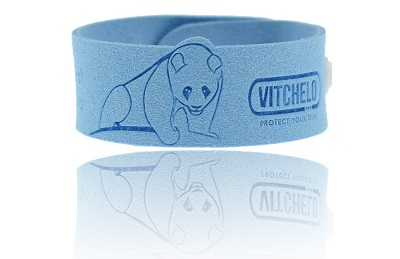 For those who don’t want to spray chemicals on their body, there are a couple of natural plant-based alternatives on the market. Whilst these are effective at deterring mosquitoes, they only offer up to 2 hours of protection. For areas with a high risk of insect-borne diseases, DEET or Picaridin sprays are recommended.
For those who don’t want to spray chemicals on their body, there are a couple of natural plant-based alternatives on the market. Whilst these are effective at deterring mosquitoes, they only offer up to 2 hours of protection. For areas with a high risk of insect-borne diseases, DEET or Picaridin sprays are recommended.
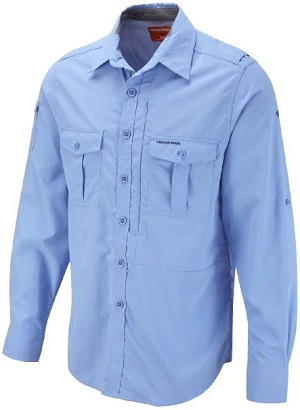 One of the most effective ways to prevent mosquito bites is to cover your body with long sleeve shirts, long pants, hats and shoes.
Today a number of sports & outdoor clothing brands sell permethrin-treated clothing such as jackets, shirts, pants and socks, to effectively ward off mosquitoes. Nearly 100% protection can be achieved when longer-duration repellents are used in combination with repellent treated clothing and while expensive, the clothes are worth the money especially when visiting high risk mosquito zones in Bolivia.
One of the most effective ways to prevent mosquito bites is to cover your body with long sleeve shirts, long pants, hats and shoes.
Today a number of sports & outdoor clothing brands sell permethrin-treated clothing such as jackets, shirts, pants and socks, to effectively ward off mosquitoes. Nearly 100% protection can be achieved when longer-duration repellents are used in combination with repellent treated clothing and while expensive, the clothes are worth the money especially when visiting high risk mosquito zones in Bolivia.
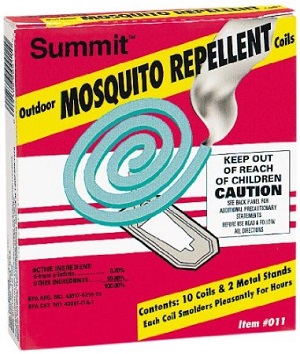 If you plan on spending an extended amount of time outdoors (e.g. camping, alfresco dinners, laying by the pool) you might like to use the following products which are great at keeping bugs away:
If you plan on spending an extended amount of time outdoors (e.g. camping, alfresco dinners, laying by the pool) you might like to use the following products which are great at keeping bugs away:
Facts About Mosquitoes In Bolivia
 When travelling to South America, there are many areas where you will be at risk of insect-borne diseases, such as malaria, dengue fever, yellow fever and the now problematic Zika Virus.
Are these a concern in Bolivia?
When travelling to South America, there are many areas where you will be at risk of insect-borne diseases, such as malaria, dengue fever, yellow fever and the now problematic Zika Virus.
Are these a concern in Bolivia?
Malaria in Bolivia
Malaria is carried by mosquitoes which live in warm, wet conditions. This essentially confines these mosquitoes to lower altitudes, as higher altitudes tend to be drier and cooler. The risk of malaria above 1,500 m (4,920 feet) is considered to be low, and virtually non-existent above 2,500 m (8,200 feet), making popular tourist destinations such as La Paz, Sucre, Potosi and Uyuni at low risk for malaria. Many areas of Bolivia however are considered malarial risk zones, such as the departments of Beni, Pando, Santa Cruz, and designated areas of Chuquisaca, Cochabamba, La Paz (the department, not the city), and Tarija. So if you’re travelling to these areas you may require malaria medication. Also be aware that some malaria medications require you continue taking them for a period after leaving the malarial zone, so in some cases you may need to keep taking your medication for a period of time while in high altitude places.Dengue Fever in Bolivia
Dengue fever, like malaria, is only carried by certain types of mosquito. These mosquitoes are rarely found above 1000 m (3280 feet), and the risk of contracting dengue is considered low above 1,500 m (4,920 feet). As with malaria, low lying areas of Bolivia are prone to occasional outbreaks of dengue and proper precaution should be taken in these areas.Yellow Fever in Bolivia
Mosquitoes are again responsible for yellow fever transmission. While the types of mosquito which can carry yellow fever can be found at higher altitudes than those which carry malaria or dengue, the upper limit is believed to be around 2,300 m (7550 feet), putting the likes of La Paz, Sucre, Potosi and Uyuni out of harm’s way, once again. Yellow fever however is a big concern in other areas of Bolivia and the Government have taken measures to restrict its transmission, including requiring that visitors have been immunized against yellow fever, especially where they are entering Bolivia from countries with yellow fever such as Brazil.Zika Virus in Bolivia
The Zika virus is spread by a type of mosquito commonly found throughout the Americas. While 80% of people who get infected will have no symptoms or very mild symptoms, there is growing evidence of a link between Zika and microcephaly (a rare condition in which infants are born with abnormally small heads and under-developed brains). As a result, the U.S. Centers for Disease Control and Prevention (CDC) have issued a travel alert advising pregnant women and those trying to fall pregnant to avoid travel to Bolivia until more is known about the virus. If travel cannot be postponed, tourists (especially pregnant women) should take every precaution to avoid mosquito bites during their trip.Bolivian Life Quick Tip:
As voted the best way to travel around Bolivia and Peru, we highly recommend choosing Bolivia Hop as your means of transport. Their safe, flexible and trustworthy service have proven to be the best way of getting the most out of your time in South America!
Ways To Protect Against Mosquitoes In Bolivia
Repellents
DEET One of the best ways to fend off mosquitoes is to apply sprays, wipes or lotions containing DEET to exposed skin and/or clothing. An abbreviation of N,N-Diethyl-3-methylbenzamide, DEET is an organic carbon compound which repels mosquitoes by masking the insect-attracting odors of carbon dioxide and lactic acid given off by the human body. While the compound doesn’t kill mosquitoes, it is effective at keeping them away.
The higher the percentage of DEET, the longer the effects last. DEET with 100% concentration tends to be effective for up to 10-12 hours whereas 25-50% DEET lasts between 3-6 hours. You can use repellents with a lower concentration, however these will need to be reapplied more frequently.
The following are some of the best insect repellents containing DEET on the market today:
One of the best ways to fend off mosquitoes is to apply sprays, wipes or lotions containing DEET to exposed skin and/or clothing. An abbreviation of N,N-Diethyl-3-methylbenzamide, DEET is an organic carbon compound which repels mosquitoes by masking the insect-attracting odors of carbon dioxide and lactic acid given off by the human body. While the compound doesn’t kill mosquitoes, it is effective at keeping them away.
The higher the percentage of DEET, the longer the effects last. DEET with 100% concentration tends to be effective for up to 10-12 hours whereas 25-50% DEET lasts between 3-6 hours. You can use repellents with a lower concentration, however these will need to be reapplied more frequently.
The following are some of the best insect repellents containing DEET on the market today:
- Repel Insect Repellent Pump Spray – 98.11% DEET
- Off! Deepwoods – 25% DEET
- Repel Mosquito Repellent Wipes – 30% DEET
 An alternative to DEET, Picaridin is a synthetic compound derived from pepper which is effective at fending off insects. As opposed to DEET, Picaridin is nearly odorless, is non-greasy, doesn’t cause skin irritation and does not dissolve plastics or other synthetics. Here are some oft top-rated repellents on the market containing Picaridin:
An alternative to DEET, Picaridin is a synthetic compound derived from pepper which is effective at fending off insects. As opposed to DEET, Picaridin is nearly odorless, is non-greasy, doesn’t cause skin irritation and does not dissolve plastics or other synthetics. Here are some oft top-rated repellents on the market containing Picaridin:
- Sawyer Premium Insect Repellent
- Natrapel 8 Hour Insect Repellent
- Cutter Sport Insect Repellent
 For those who don’t want to spray chemicals on their body, there are a couple of natural plant-based alternatives on the market. Whilst these are effective at deterring mosquitoes, they only offer up to 2 hours of protection. For areas with a high risk of insect-borne diseases, DEET or Picaridin sprays are recommended.
For those who don’t want to spray chemicals on their body, there are a couple of natural plant-based alternatives on the market. Whilst these are effective at deterring mosquitoes, they only offer up to 2 hours of protection. For areas with a high risk of insect-borne diseases, DEET or Picaridin sprays are recommended.
- Band Repellent Wristband
- Repel Lemon Eucalyptus Natural Insect Repellent
Clothing
 One of the most effective ways to prevent mosquito bites is to cover your body with long sleeve shirts, long pants, hats and shoes.
Today a number of sports & outdoor clothing brands sell permethrin-treated clothing such as jackets, shirts, pants and socks, to effectively ward off mosquitoes. Nearly 100% protection can be achieved when longer-duration repellents are used in combination with repellent treated clothing and while expensive, the clothes are worth the money especially when visiting high risk mosquito zones in Bolivia.
One of the most effective ways to prevent mosquito bites is to cover your body with long sleeve shirts, long pants, hats and shoes.
Today a number of sports & outdoor clothing brands sell permethrin-treated clothing such as jackets, shirts, pants and socks, to effectively ward off mosquitoes. Nearly 100% protection can be achieved when longer-duration repellents are used in combination with repellent treated clothing and while expensive, the clothes are worth the money especially when visiting high risk mosquito zones in Bolivia.
- Insect Shield Headband
- Hiker Crew Socks
- Insect Repellent Jacket
- Bug Shield Long Pants
- Clothing Spray
Outdoor Accessories
 If you plan on spending an extended amount of time outdoors (e.g. camping, alfresco dinners, laying by the pool) you might like to use the following products which are great at keeping bugs away:
If you plan on spending an extended amount of time outdoors (e.g. camping, alfresco dinners, laying by the pool) you might like to use the following products which are great at keeping bugs away:
- Mosquito Coils
- Mosquito Repellent Lamp
Tips For Preventing Mosquito Bites
- Individuals traveling to Bolivia’s high-risk zones should be vigilant about covering up and reapplying repellent as mosquitoes tend to bite all day long. The main feeding time for mosquitoes are just after sunrise and before sunset, so particular care should be taken during these times to avoid being bitten.
- Always read labels and instructions carefully before applying insect repellents
- When possible, stay and sleep in screened or air-conditioned rooms
- Use a bed net if the area where you’re sleeping is exposed to the outdoors

